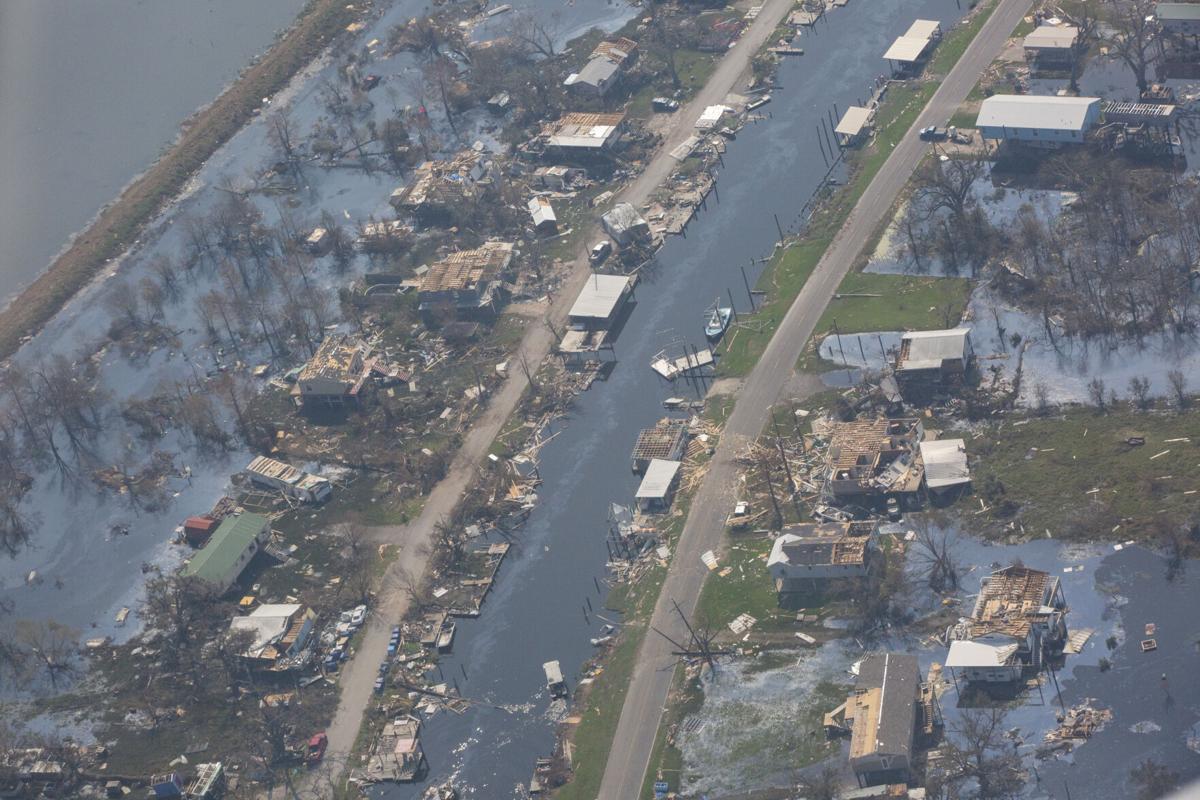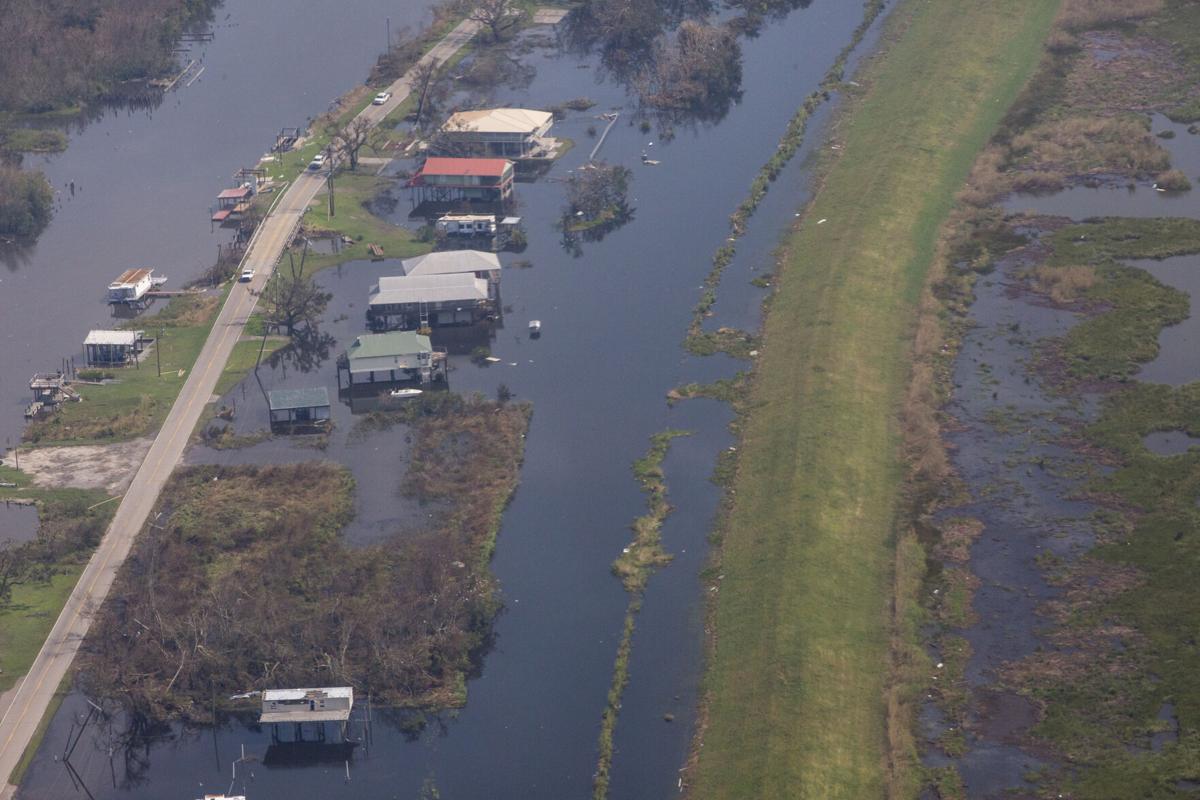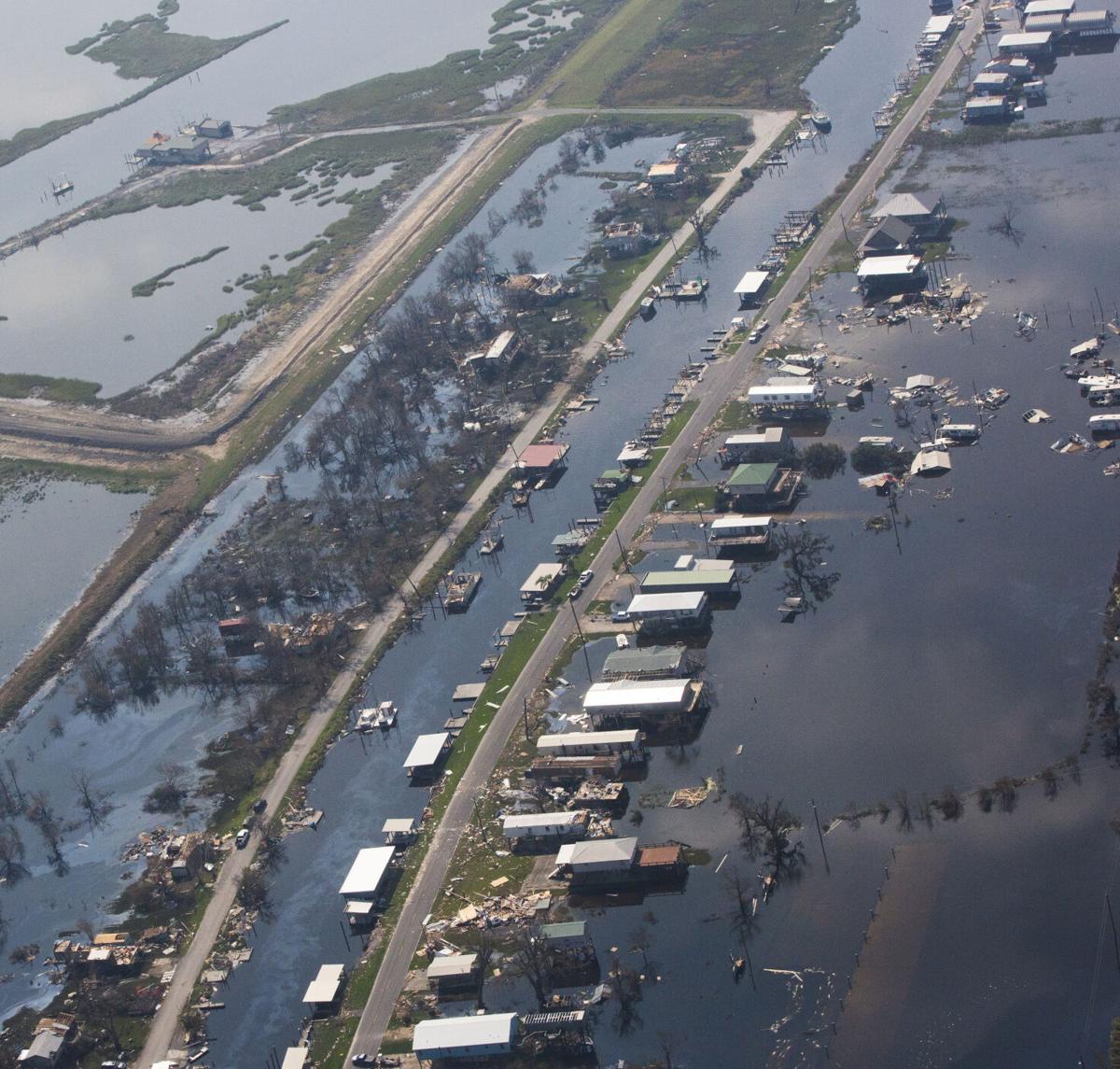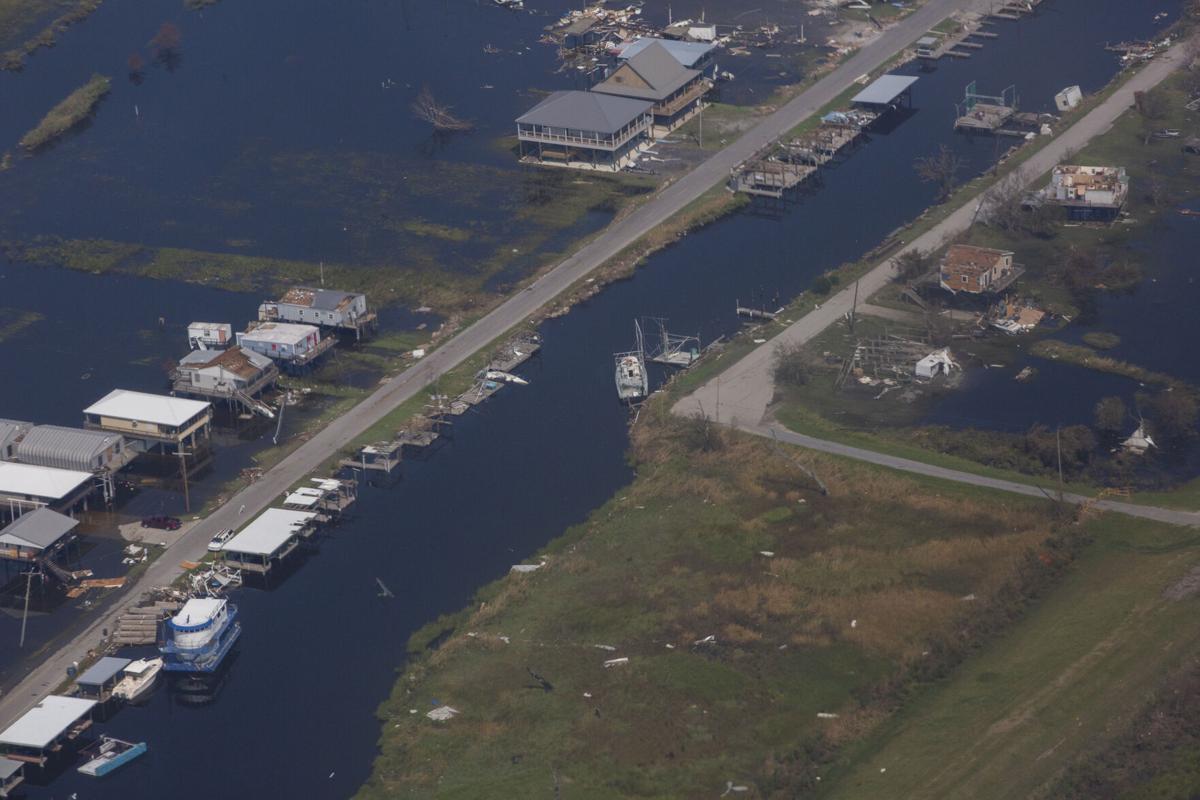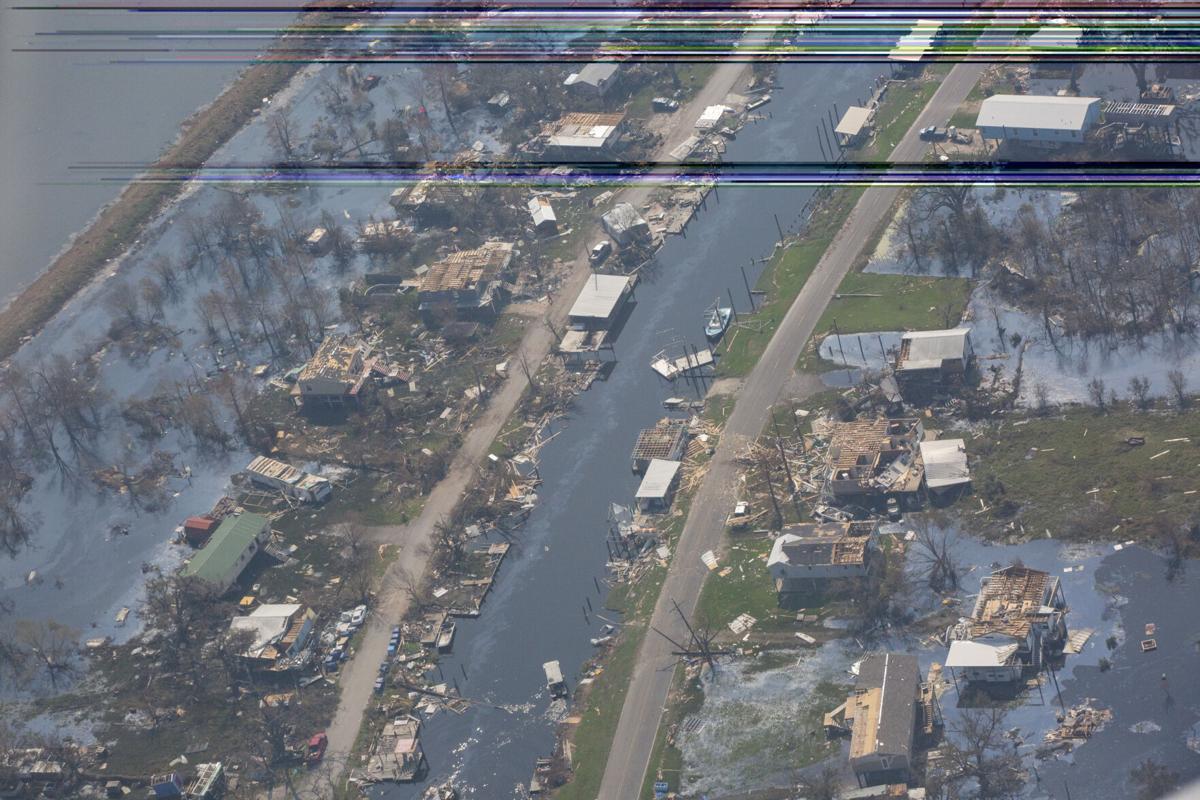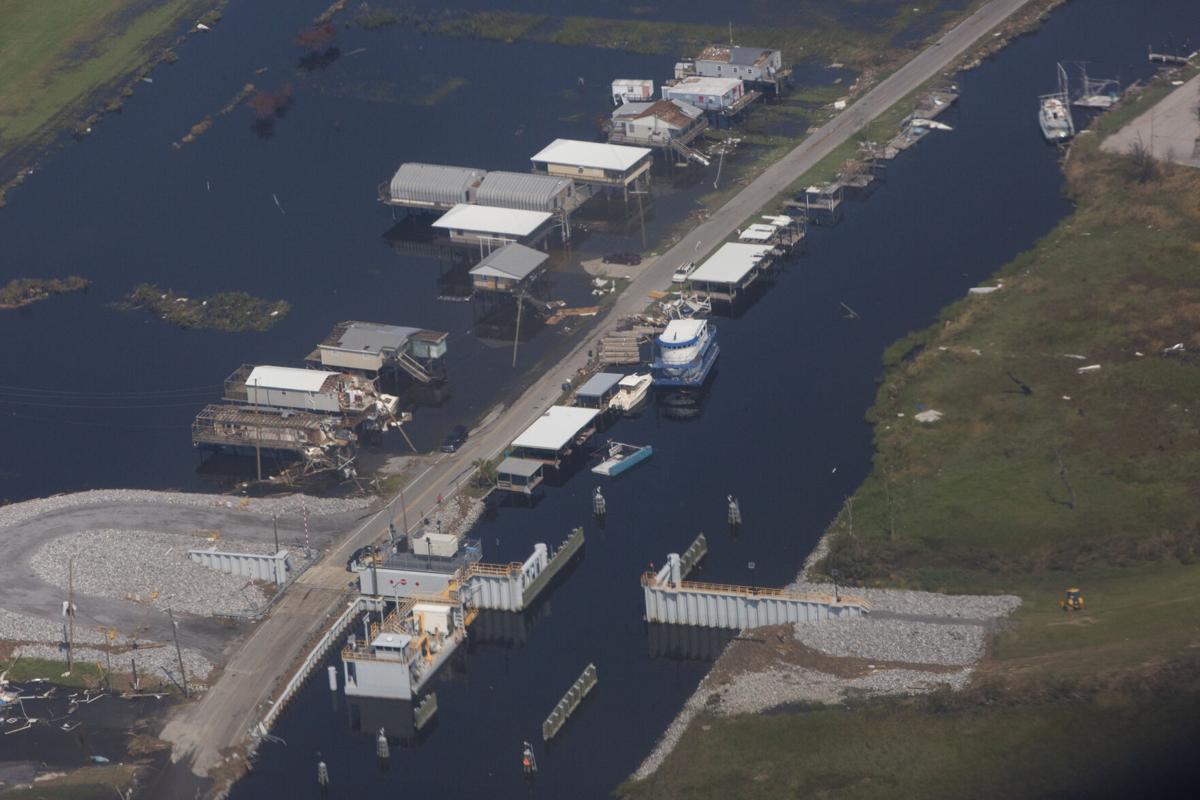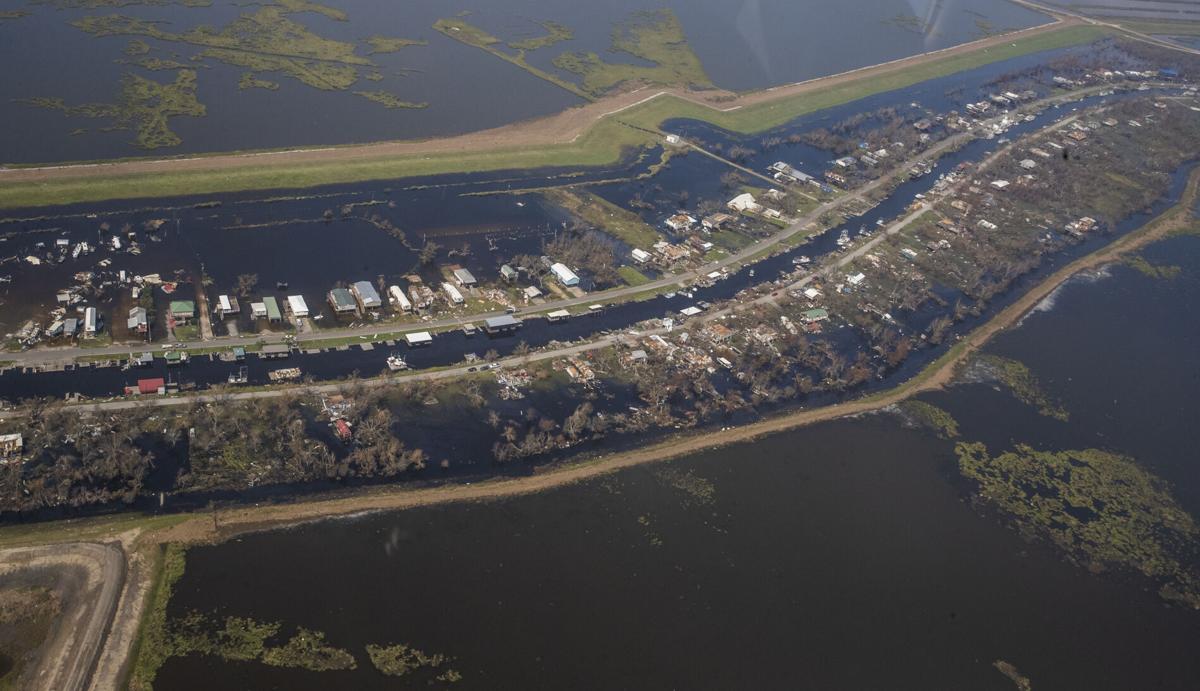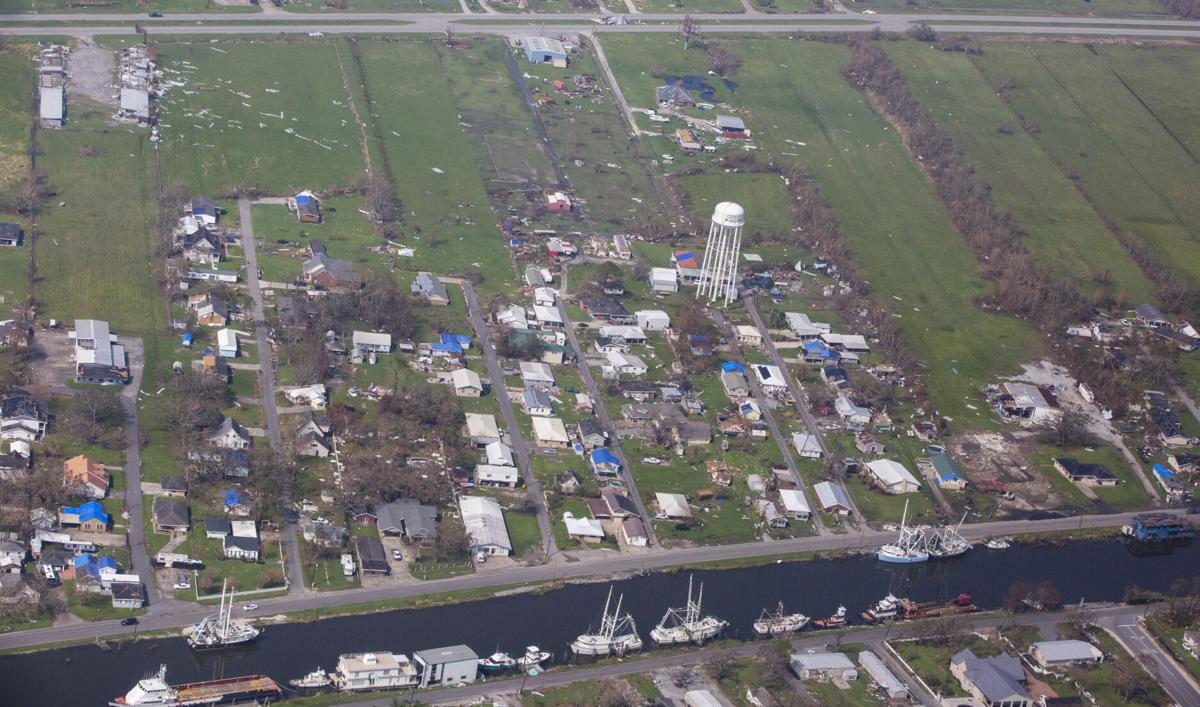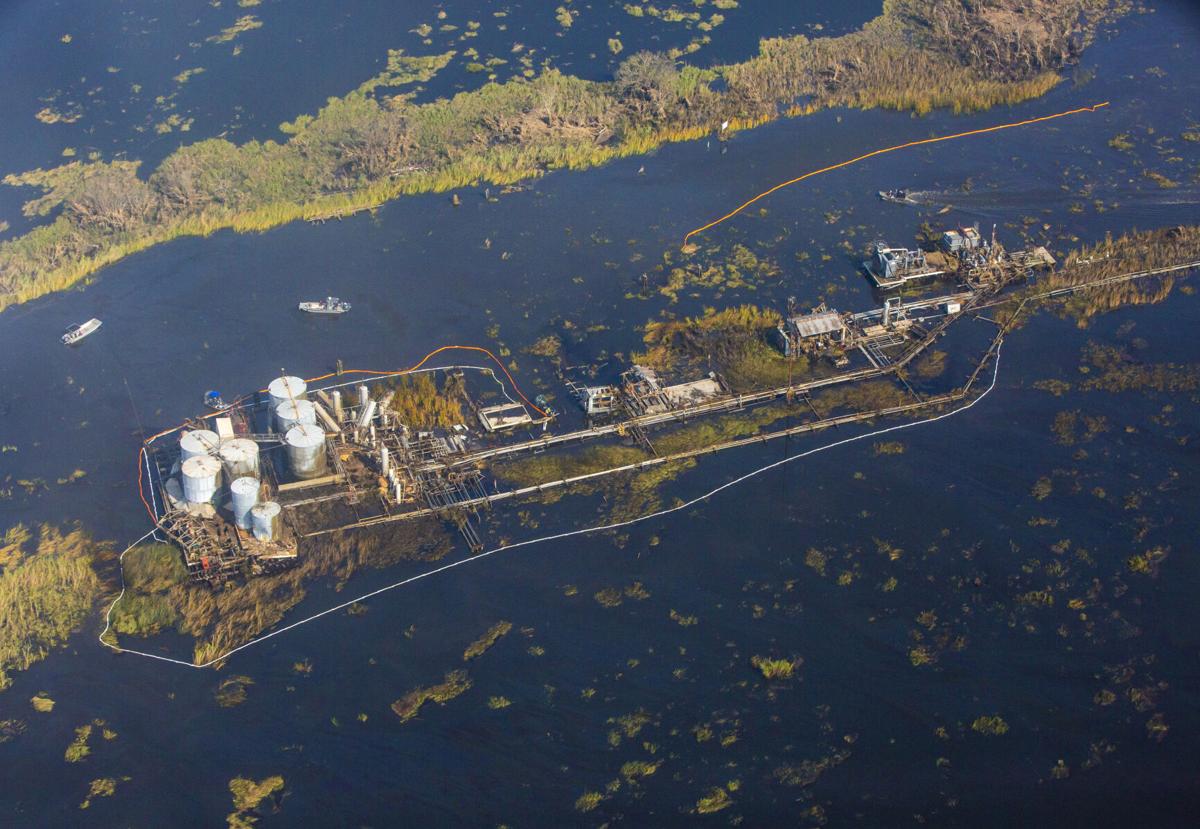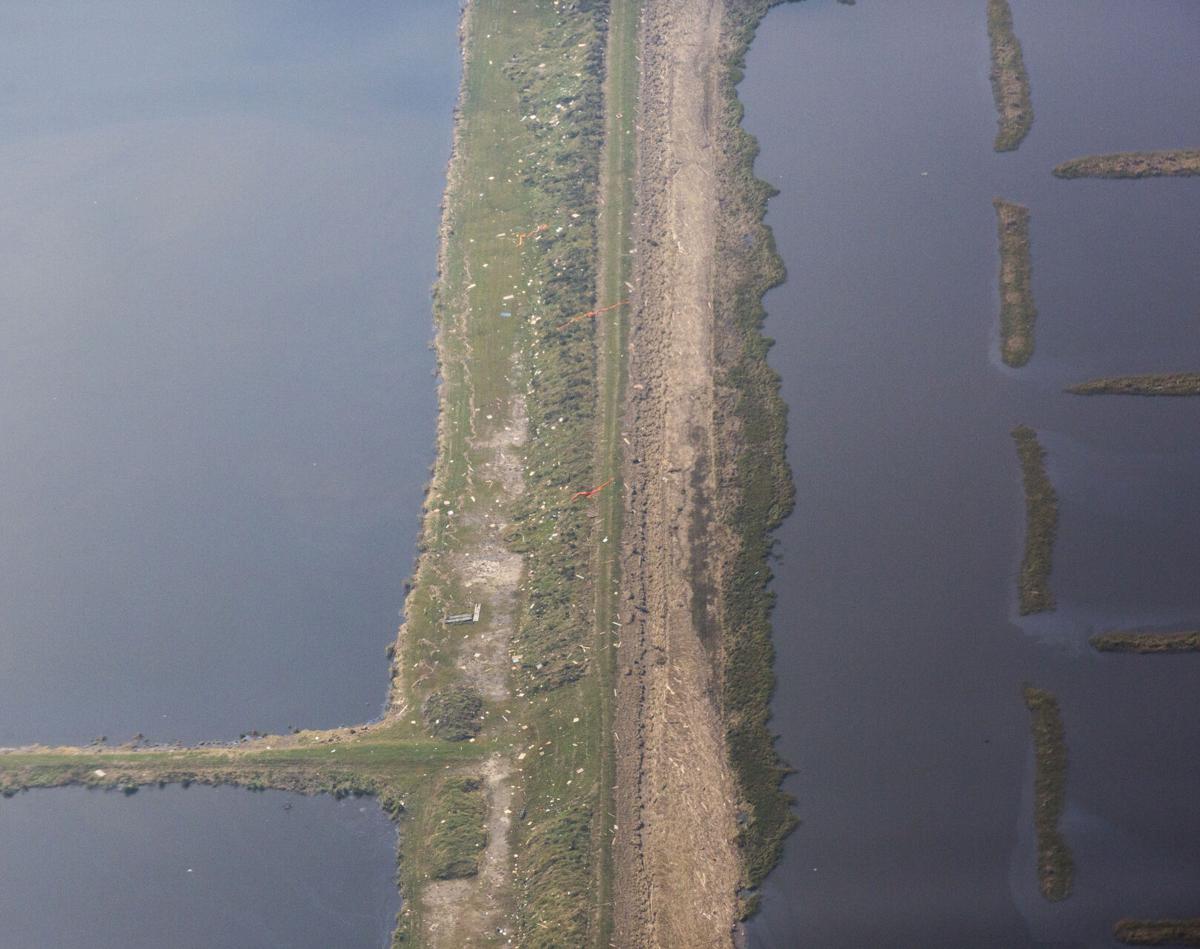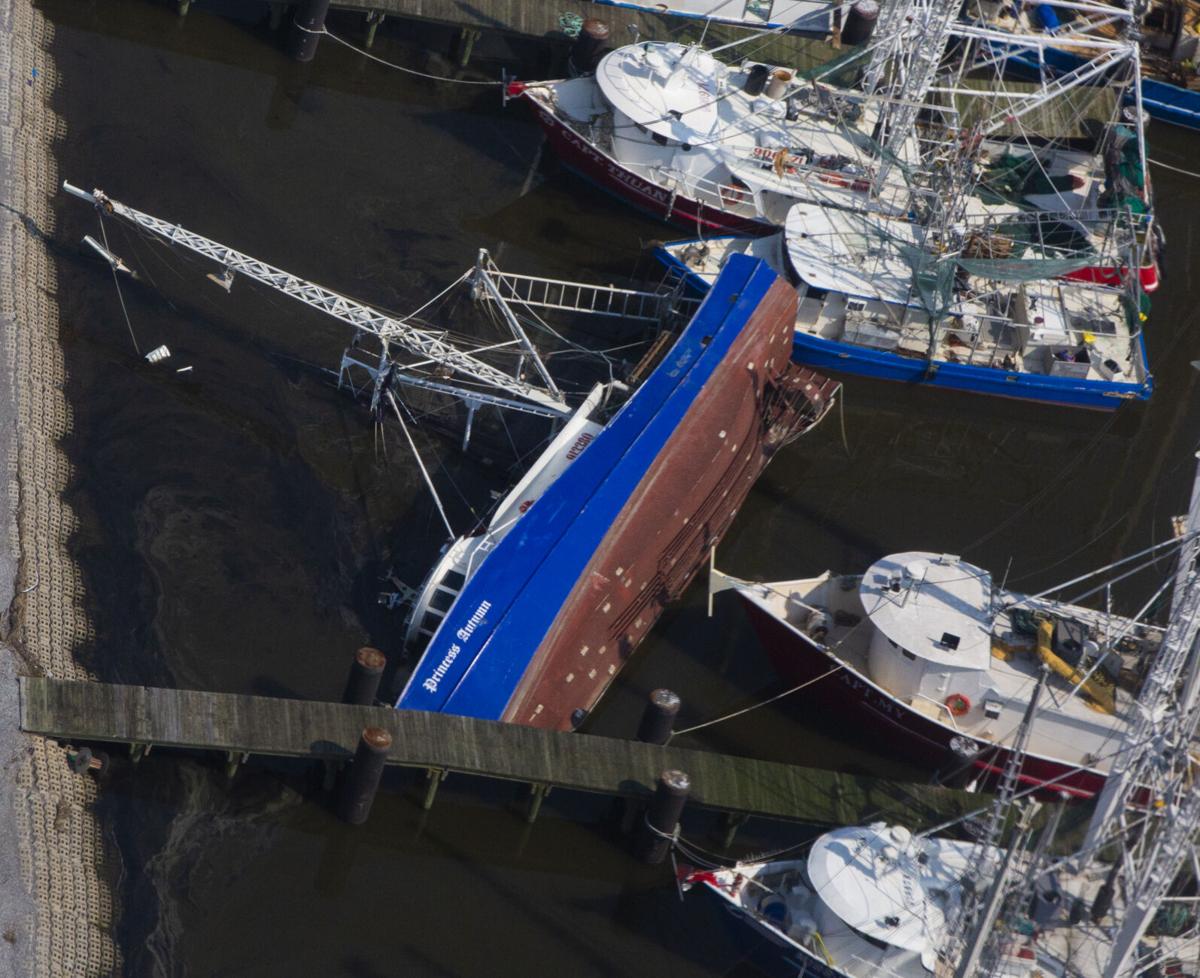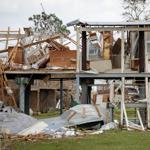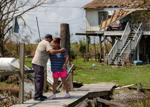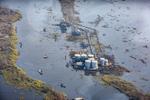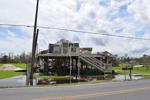IndieWire
‘America After 9/11’ Review: Frontline’s Outstanding Deconstruction of the War on Terror Is a Must-Watch
“America After 9/11” examines the nation’s policy failures over the last two decades and how the War on Terror has impacted the homefront.

“America After 9/11”
PBS
America’s War on Terror began with ill-defined intentions and led to 20 years of brutality that eroded the country’s international goodwill while fostering paranoia, mistrust of public institutions, and xenophobia at home. This is the crux of “America After 9/11,” the latest investigative journalism project from PBS’ Frontline team, and it’s a belief that the two-hour film effectively relays via its facts-first reporting and extensive sourcing.
To call the film timely is both stating the obvious and an understatement; while “America After 9/11” is one of numerous media productions being published this month to coincide with the 20th anniversary of World Trade Center attacks, the film’s release also comes just weeks after the United States’ contentious exit from Afghanistan. As its title implies (and as is to be expected from Frontline), “America After 9/11,” which is directed by longtime political documentarian Michael Kirk, centers on the United States’ political and military actions following the 2001 terrorist attack — it’s a must-watch deconstruction of the War on Terror explained in clear and illuminating terms by numerous experts involved in or affected by the last 20 years of American politics.
“America After 9/11” analyzes numerous developments and individual incidents that stemmed from the last 20 years of the country’s policy-making but most of these topics are used to answer two key questions: How did America’s War on Terror affect the international community’s perception of the country, and what were its impacts inside the United States’ borders?
On the latter question: One of the film’s earliest scenes shows prominent Democratic and Republican politicians coming together at the U.S. Capitol to sing “God Bless America” the evening after 9/11; the scene is followed by footage of the Donald Trump-inspired insurrection at the same building around 20 years later. The juxtaposition of the War on Terror and the January attack on the U.S. Capitol may sound unusual, but “America After 9/11” makes strong, repeated points about how the United States’ foreign policy decisions have had starkly negative influences on domestic politics. As Ben Rhodes, a White House staffer during Barack Obama’s presidency and one of over 30 sources interviewed in the film, argues: “The January 6 insurrection at the Capitol was the logical endpoint of the 9/11 era. When you have people who can’t trust institutions anymore, who are angry that the wars they were promised great victories in didn’t turn out well, they start to look for people to blame.”
“Who are we and what do we want to do as a nation? We answered that question too simply on 9/11: ‘We’re the good guys,’” journalist Thomas E. Ricks said in one of the film’s interviews. “And 20 years later, we found out that we are the enemy. That the biggest national security threat facing the United States is internal, and it has grown partly as a result of American leadership failures over the last 20 years since 9/11.”
The United States’ attempts to postulate itself as “the good guys” in the War on Terror is a key point in the film’s first hour, which primarily hones in on the foreign policies of George W. Bush’s administration. Ample time is dedicated to the tactical mistakes in the war, as well the United States’ many violations of human rights, particularly the abuses at the Abu Ghraib prison and the nation’s ongoing failure to close Guantanamo Bay. The film clearly lays out the government’s initial intentions behind the war — go to Afghanistan and kill Osama bin Laden — and details how the initial failure to do so, amplified by fear-mongering about threats ranging from nuclear weapons to anthrax, influenced the White House.
One of the film’s most surreal anecdotes concerns Vice President Dick Cheney: “This was Cheney’s nightmare come true. He’d been getting ready for doomsday for years and thought a lot about it,” The New Yorker journalist Jane Mayer said in the film. “And then on 9/11 , it seemed like it was almost coming true. He felt death was stalking him. He kept a gas mask and a hazmat suit in a bag in the back seat.”
“America After 9/11” later pivots to the United States public’s erosion of trust in the government and in the media as the war continued and public support waned. The film cites lie-riddled speeches from Democratic politicians such as Hillary Clinton, John Kerry, and Joe Biden: “People who knew better voted for it because they were afraid of being called weak,” Rhodes said in one of the film’s interviews. “You have Democratic, as well as Republican members of Congress, voting for a war that does anybody really believe if they were president they would have chosen to do that? That undermined, I think, confidence in the American public in their leaders. ‘Who can I trust anymore? The Democrats voted for this war too. Why should I trust them anymore than I trust the Republicans?’” The news media’s role on the erosion of public trust after 9/11 — leading newspapers effectively gave credibility to the lies of politicians via pro-war op-eds and reports, while television news channels drummed up fears of potential terrorism attacks for ratings — is also examined in the film.
These segments come into sharp focus in the second half of “America After 9/11,” which analyzes the War on Terror under the Obama and Trump administrations and aptly connects the public’s growing war fatigue and paranoia to issues that are more topical than ever, ranging from racism and conspiracy theories to hyper-partisanship and the devaluation of basic facts. The roughly 30-minute section of the film that revolves around Obama’s presidency focuses on his messages of hope and de-escalation during his 2008 campaign, and how his war policies — namely, the expansion of drone strikes, the short-lived exit from Iraq, and a failure to close Guantanamo Bay — further eroded trust in the government at home and abroad, despite the eventual killing of bin Laden. As the wars dragged on, the right-wing media helped to direct the country’s growing sentiments of nationalism and racism towards Obama and Muslims.
As the film notes, those attitudes contributed to Trump’s election. Trump’s presidency is the focus of the documentary final 20 minutes, which notes that he further escalated targeted killings and affirmed his support for Guantanamo Bay. That said, the film primarily focuses on how the consequences of the War on Terror impacted America under Trump during the George Floyd protests and the Capitol insurrection.
‘It seemed to be the wars came home. You can look at police in America and you can see all the kit that they’ve got,” Emma Sky, a former political advisor to U.S. generals, said in the film while footage of militarized police and federal agents attacking, intimidating, and detaining peaceful protestors in the summer of 2020 plays. “They’ve taken all the surplus from Iraq and Afghanistan. It’s come back and a lot of these weapons, a lot of these vehicles, are now being used by law enforcement. […]By the time you get to January 6, so much doubt has been sown in the system, so much fear, that how this opposition is described by Trump and Trump supporters, it looks terrifying.”
There is a call to action near the end of “America After 9/11”: a need for America to take a proper accounting of what it has done in the last 20 years and what the impacts of those actions. After that, the film closes with a brief look at the United States’ exit from Afghanistan under Biden and a note that a war in the country will likely persist — with deadly consequences for those who supported America over the last two decades. It’s a grim, albeit suitable sendoff; Frontline’s latest film is equal parts a fearless deconstruction on the United States’ foreign policy failures over the last two decades and an illuminating analysis on how those failures have impacted the home front.












